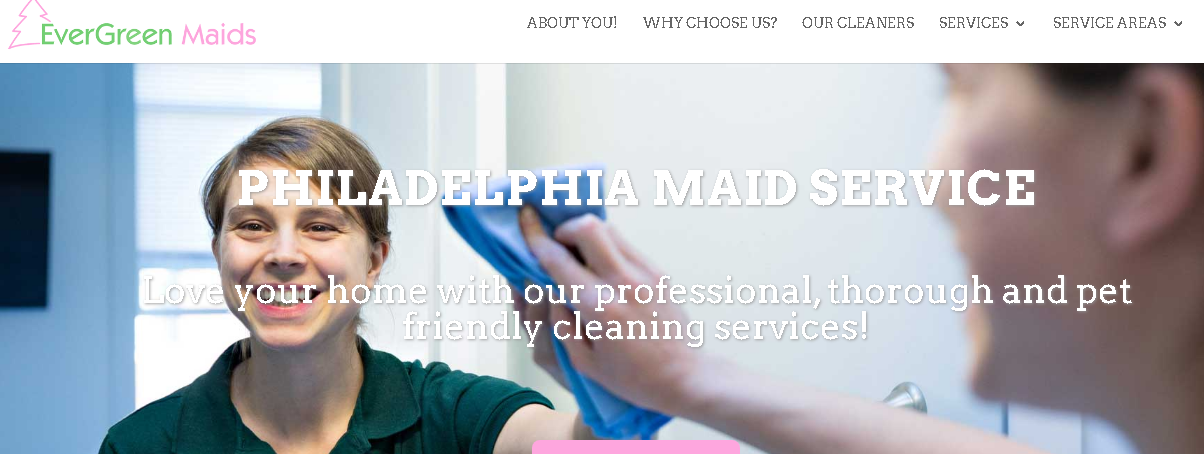Paperwork, tracking hours, and changing pay rates are a pain, but worth the hassle when the auditor comes knocking.
In Fall 2014, ProCare Cleaning Services, owned and operated by Samantha Snider in Vancouver, WA, completed a US Department of Labor Audit of the business. Labor audits are a scary business to most small business owners for several reasons:
Many have not been adequately advised regarding their legal requirements as an employer. Many are not able to keep up with the detailed operations and financial documentation required to pass an audit.
Here’s what Samantha had to say about her audit experience and take-aways:
Our recent USDOL audit resulted in no violations for our company, but, in my opinion, all cleaning service employers and domestic referral service owners need to take note because a technical violation is very easy to get!
ProCare Cleaning pays residential and commercial technicians very well, including their time for between homes, in meetings, and even more for which we are not legally required. In other words, we go way above and beyond, yet we could have easily been hit with a technical labor violation unintentionally.
In addition, we use more than one compensation model, which affects staff who are cross-trained among our service divisions (primarily residential and commercial cleaning). So between tracking time for different daily activities, we also have to meticulously track the correct application of different compensation models.
Though we received no violations, our auditor Victor Russell took some extra time to review with us two of our processes and operations, which we’ll be refining in the coming year to remain in compliance:
- Documentation of ALL hours for the flat rate and percentage-pay employees
- Compliance with overtime calculations, particularly for staff who earn wages through more than one compensation method
Documentation of All Hours Worked
In our experience we have found that straight hourly employees document their time pretty darn well. They must document breaks and lunches, and that can sometimes be challenging, but for the most part our technicians are really good about following the rules.
The challenge we face comes from our technicians whose pay is a flat rate per job; their perspective is that they don’t think they need to worry so much about following the time-tracking rules all the time because they have a “guaranteed amount of pay.” So in reviewing our records with USDOL auditor Victor Russell, we found the following:
Our technicians who earn a flat rate per job use Chronotek telephone timekeeping to clock in and out of buildings to mark the start and stop time of each scheduled job. Each technician is also required by us to document on paper time sheet where they show their breaks, lunch, and other activities outside of scheduled jobs; this provides a written back up to the telephone timekeeping system.
This procedure is fine if they have one building. It’s when they have multiple buildings on flat rate, or a mixture of hourly and flat rate, as some do, that we have a problem. According to our procedure, the employees should be documenting all hours worked, including commute time between buildings, even when they earn a flat rate or percent pay and when it is already rolled into a much higher hourly wage.
For example, if a person works four small buildings under a flat rate pay, they should not be clocking out on the telephone system when leaving the first building, but must remain on the clock while driving. Instead, they will note the activity change from scheduled cleaning job to driving on their paper time sheet to ensure USDOL documentation compliance only.
This requirement to document different activities throughout the day – job, driving, break, lunch – applies to all industries and regardless of compensation structure. Even though I am already rolling drive time into the flat rate pay amount, I can be charged additional back pay if I cannot provide documentation of drive time accounted in each pay period; averages, even based on historical documentation, will not replace current pay documentation compliance requirements.
Comprehensive Calculation of Overtime Pay on a Weekly Basis
For ProCare Cleaning, each employee has a basic hourly pay rate, even if they are on commission or flat rate for most of their work. This basic hourly pay rate is applicable when they are doing a deep clean, during training, required to attend meetings, or if they service other buildings that are not “theirs,” etc.
When their weekly work hours exceed 40, we pay them 1.5 times the amount of their basic hourly rate for the “hourly” work they did on that pay period. And while the “time and a half” formula remains the minimum overtime standard, time and a half of what is the question you must answer anew each week to remain in compliance with the Fair Labor Standards Act.
According to the US Department of Labor, the formula for calculating the regular rate on which overtime is based is:
Total Compensation for the Pay Period
÷
Total Hours Worked in the Pay Period
For industries where total pay and hours worked varies from week to week – as is common in the cleaning industry – this means that:
- Each Pay Period will have a different regular rate of pay and overtime rate of pay.
- Each employee will have a different regular rate of pay and overtime rate of pay.
Let’s Look at an Example
Suzie works by commission pay for house cleaning. If she trains someone, she is paid hourly instead. She is also paid hourly for company meetings. This week she worked super-fast on her regular homes, so she made great money under percent pay (or commission).

Regular Rate = $606.00 ÷ 44 = $13.77
Overtime Rate = $13.77 x 1.5 = $20.66
The percent or flat rate is designed to incentivize people to work efficiently and as such ALREADY has a built-in bonus. The problem here is that we now have to pay overtime on the rate with bonus wrapped in.
Employer Compliance is Tricky
While I find record keeping for the sake of compliance crazy, for companies who apply a different pay rate for different activities (for example, $10/hour for cleaning but minimum wage for drive time) one of our consultants recommends using an MS Excel spreadsheet for historical documentation and regulatory compliance.
It wasn’t a fun day; audits never are. But they are learning opportunities. For 2015, I will be starting to track better to prove I am following the rules, and calculations for overtime will be adjusted. And as always, I’ll be checking all new rules and procedures with my CPA and employment attorney before moving forward.
Samantha Snider is owner of ProCare Cleaning Services, a professional full-service residential cleaning company in Vancouver, WA.





